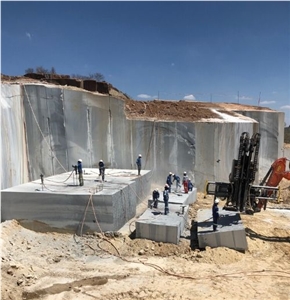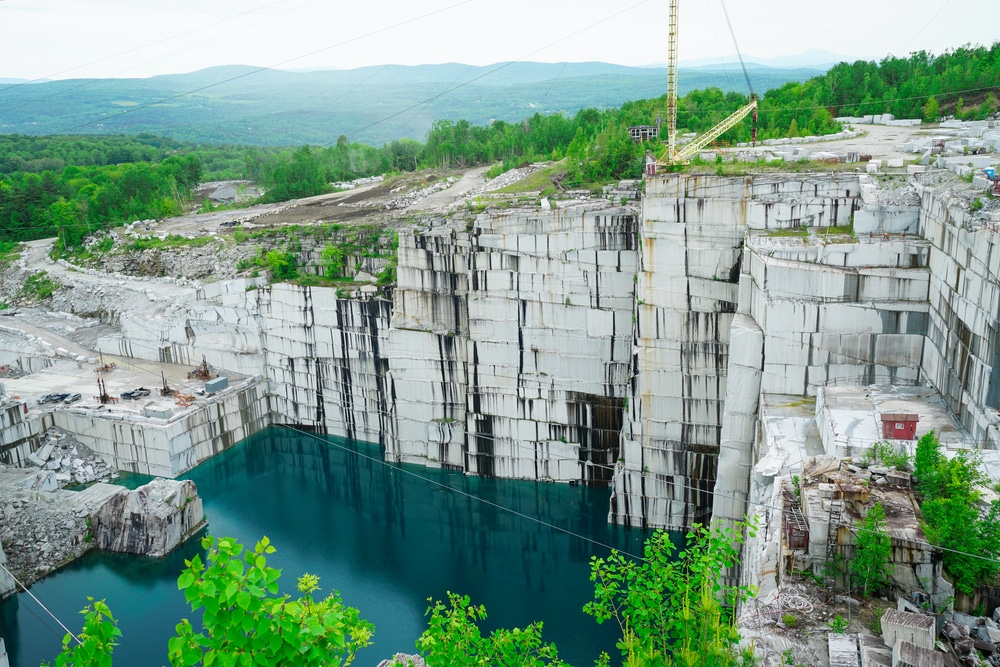Checking Out Granite Quarries in South Africa: A Comprehensive Overview
Checking Out Granite Quarries in South Africa: A Comprehensive Overview
Blog Article
Discovering the Rich History and Sustainable Practices of Granite Quarrying
As we stand on the precipice of revealing the detailed tapestry of granite quarrying, a journey via time reveals not just the physical act of removing stone however likewise the social and historic significance woven right into the extremely fabric of this method. From the ancient origins that laid the structure for modern quarrying methods to the sustainable techniques that are shaping the future of this sector, each carve mark on granite surfaces narrates waiting to be uncovered (granite quarries in south africa). The heritage of granite quarrying extends far beyond mere extraction; it is a testament to human resourcefulness, durability, and the long-lasting appeal of this marvelous rock
Ancient Origins of Granite Quarrying
Dating back to ancient worlds, the method of quarrying granite has actually been an indispensable part of human history and architectural development. The earliest evidence of granite quarrying dates back to old Egypt, where enormous pyramids and elaborate sculptures were crafted from this sturdy rock. The Egyptians used primitive devices to remove granite blocks from quarries, showcasing the value of this product in their huge building and constructions.
Relocating forward in background, the Greeks likewise made considerable contributions to the quarrying of granite. The Greeks utilized granite in different building wonders, such as temples and statuaries, showing their skill in shaping and carving this sturdy stone. The Romans additionally improved the methods of quarrying granite, using innovative tools like blades and hammers to extract and form granite for their iconic structures.
Via the centuries, the technique of quarrying granite has actually developed, with contemporary innovations boosting performance while maintaining the classic allure of this natural rock - granite quarries in south africa. From old people to modern building contractors, the heritage of granite quarrying continues to shape our globe
Advancement of Quarrying Strategies
The advancement of quarrying strategies has been marked by a continuous development towards higher performance and accuracy in drawing out granite. From the rudimentary techniques utilized by our forefathers to the sophisticated modern technologies used in contemporary quarrying operations, the market has actually undertaken substantial advancements. Early quarrying methods entailed manual work with basic tools such as knives, hammers, and wedges to draw out granite blocks from the planet. As people proceeded, methods like fire-setting and primitive dynamites were presented to promote the removal procedure.
In more current times, the arrival of equipment transformed the quarrying sector, allowing much faster extraction rates and raised efficiency. Technologies such as diamond cable saws, high-pressure water jets, and pneumatically-driven drills have actually come to be conventional in modern-day quarries, permitting for specific cutting and lowered waste. Improvements in computer-controlled equipment and 3D modeling have optimized quarrying operations, leading to very little ecological effect and improved sustainability methods. As the need for granite remains to rise, the advancement of quarrying techniques stays integral to meeting market requires effectively and sustainably.
Social Relevance of Granite
Granite holds an extensive cultural value across different human beings because of its long-lasting existence in architectural masterpieces and prized monuments. From the impressive pyramids of Egypt to the complex carvings of the Angkor Wat temple in Cambodia, granite has been a product of selection for sharing grandeur and long life in cultural heritage. In ancient Rome, granite columns adorned holy places and public structures, symbolizing stamina and permanence. The cultural value of granite extends beyond its physical features; it personifies strength, stability, and timelessness, making it a sign of sustaining heritages and traditions.

Sustainable Practices in Quarrying
Amidst the abundant background of granite quarrying and its social significance lies a growing focus on sustainable techniques within find this the market. As ecological awareness and problems concerning source depletion have actually heightened internationally, the quarrying market has increasingly embraced lasting approaches to reduce its influence on the environment and surrounding communities.

Additionally, recovery and rehabilitation of quarry websites post-extraction are essential to sustainable practices. By bring back quarried areas to an all-natural or advantageous state, such as producing wildlife habitats or recreational spaces, quarriers can offset the ecological impact of their operations and contribute favorably to the regional ecological community.
Legacy of Granite Quarrying
With a historic backdrop steeped in craftsmanship and industrial progress, what enduring effect has granite quarrying left on the landscape of modern culture? The heritage of granite quarrying goes beyond simple extraction techniques; it has formed building marvels, metropolitan landscapes, and social heritage worldwide. The resilient nature of granite has made it a favored selection for monoliths, buildings, and framework, standing as a testament to the ability and virtuosity of quarry workers across generations.
In addition, the financial impact of granite quarrying can not be ignored. The sector remains to offer job opportunity and drive neighborhood economic climates in regions where granite extraction is widespread. It has likewise stimulated technical advancements in quarrying methods and devices, leading to more efficient try these out and sustainable methods.
In regards to sustainability, the legacy of granite quarrying consists of efforts to alleviate ecological influences through reclamation projects and accountable source management. By balancing financial passions with ecological stewardship, the market aims to guarantee that future generations can remain to gain from this enduring natural deposit.
Conclusion

Report this page